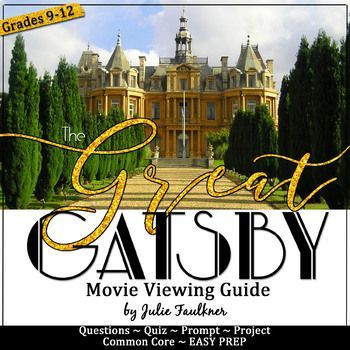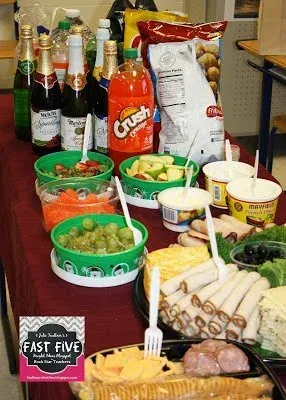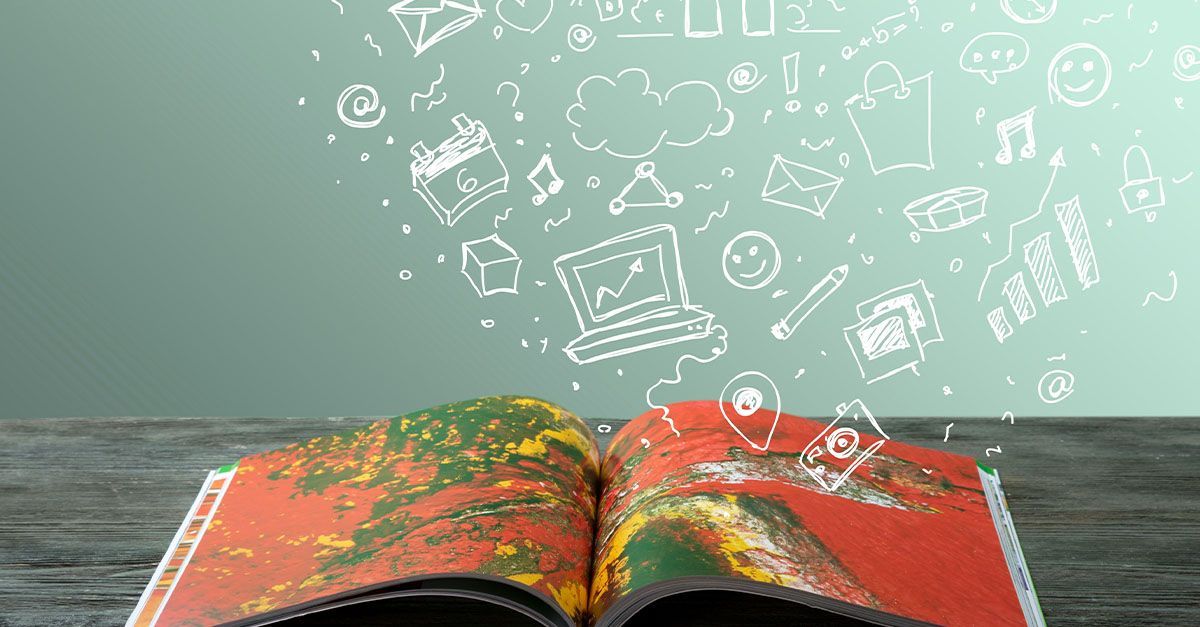Host a Gatsby Party: End of Year Literary-Themed, Text-Based Classroom Parties
It’s that time of year – the end of the year. And that means classroom parties. My students always ask for a party of some sort, so several years ago I decided I would allow them to have a party – on one condition – it must be literature based. We always study The Great Gatsby at the end of the semester, and, of course, it doesn’t get much better than that to inspire a party. If you are thinking about doing the same, here are a couple of ideas for planning your Gatsby party! (These tips can be easily applied to hosting a literature-based party for any text, and I’ve even provided a few more stories at the bottom that might work if Gatsby’s not on your reading list.)
1. Reading/Watching the Full Text
Because the purpose of the party is to make the literature come alive and have students step right into the pages of the book, it is crucial that they understand the mood and time period of the story. I don’t usually have time on a block schedule to have students read Gatsby, but we do watch the film to experience it. I use various resources from my movie guide throughout the film to make watching more rigorous.
2. Close Reading the Party Passage
In Gatsby, we read a section of Chapter 3 to the quote “Good night, old sport. . . . good night.” The party scene here is very descriptive, so it’s excellent for having students go through and chart what the characters experience. We make a list of what colors are mentioned, food, music, drink, even décor. I also use this time to discuss figurative language used, other literary elements of the passage, and what purpose the party serves to the text as a whole. You can do the close reading before the end of the text or after you have finished it completely. I especially like doing the close reading from the novel with the movie because it exposes students to the text.
3. Planning
Once have students have noted what the text itself says, we then go back and make a new column for how we can adapt that to our classroom. With Gatsby specifically, we can’t bring any bubbly to school, so we discuss options for what to bring. The same is true for the food. We let the text inspire what we can bring to class, so students must get creative. For example, in Gatsby, it mentions “glistening hors d’oevre, spiced baked hams crowded against salads of harlequin designs and pasty pigs and turkeys bewitched to a dark gold.” So students bring finger foods and turkey sandwiches, for example.
4. Hosting
I bring a tablecloth and other various glamorous decorations to enhance the atmosphere. Of course, I play 20’s jazz music and music from the “new” Gatsby movie soundtrack. I also want students to “dress” the part as closely as we can do a Gatsby party, but with some obvious boundaries. I do teach in a rural school, so I have to keep that in mind when considering what students have access to. They are welcome to “create” some Gatsby inspired outfits to wear, but the text does give some specific examples: yellow dresses, blue and white suits, and bright primary colors. I encourage students to at least wear a nice top that fits into one of those categories.
5. Managing
I do have a rule that you must bring something to go through the food line. Most times we have plenty, but the very few times that I have someone not bring something, I do let them go through at the end. Again, I do teach in a rural area, but during the planning process, we plan things that are doable for everyone. For example, we do need napkins, and sometimes people will even go in together to bring a bigger item. Another thing I do on party day is schedule a project to be due. We are on a block schedule, so 90 minutes is a long time for students to be partying. At the end of Gatsby, my students are required to do an American Dream project, so they present those the first half of the class, and then we eat the second half. See how my American Dream project turned out here!
Get my lesson plan and guide for FREE! Click the thumbnail below for an instant download.
Other Notable Parties in Literature
-Bilbo Baggins’s Eleventy First Birthday Party from The Fellowship of the Ring by JRR Tolkien
-The tea party in Pygmalion (When I do this one, I have students make hats that symbolize who they are to wear to the party.)
-The ball in Romeo and Juliet
-The Victor’s Tour Party in The Hunger Games: Catching Fire
-A Jane Austen ball
-The Mad Hatter’s tea party in Alice in the Wonderland
-Ichabod Crane is a hungry fellow in The Legend of Sleepy Hollow
If the novel or story you are studying doesn’t have a full-blown party scene, as an alternative you could have students trace the food mentioned in the book and use that as inspiration. For example, the dauntless cake in Divergent. Another approach would be if the text you are reading has a party scene but details are lacking (as in some mentioned above), have students research the time period and host the party based on those findings.
Eat up!
Love this content?
Sign up for my email newsletter with more tips, ideas, success stories, and freebies!




















